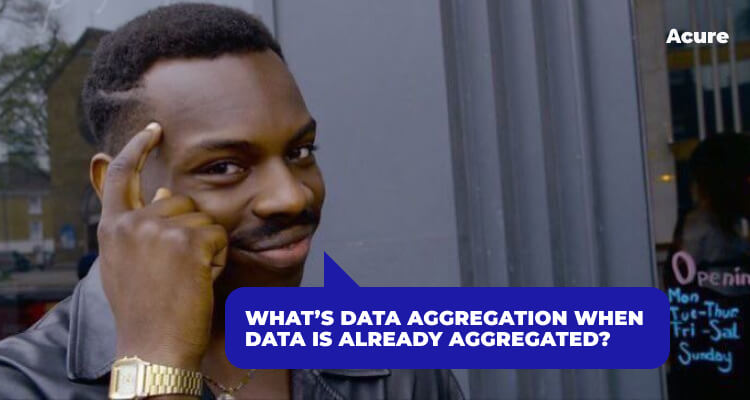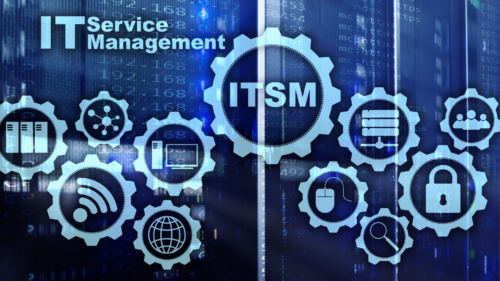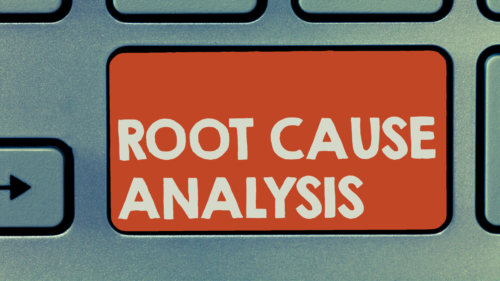It’s a very scalable operation and relies heavily on the ability to organize often complex information into a much more digestible format.
The successful aggregation of data can help target information at individual and group levels, especially with the ever-growing volume of information available online. It also means that data that has already been aggregated can be stored and itself become a coherent data source without reverting to the granular and massive core data.
Data Aggregation in Focus
We live in a time where more data is easily reachable than ever before, but volume and complexity can make its practical use more challenging than it should be. In the corporate world, consumer data is one of the fundamental building blocks to future success. As well as the size and scale of data expanding, the demand for it to be processed and presented coherently is growing too.
Aggregation creates a prism through which data can be viewed more meaningfully. Think of it like using a very powerful telescope to survey the night sky, focusing down on just one group of stars, rather than the entirety of the cosmos.
Using a clear focus on a defined point and processing the maximum amount of data available about those stars collectively, an astronomer can make draw meaningful conclusions about the way that cluster of stars behaves in a way they could not if they were staring into the vastness of space with the naked eye.

This process is also known as data aggregation in Database Management Systems. It identifies key trends and delivers ‘big data‘ crunching down to more manageable and understandable forms.
For a commercial business, this might be working out which product is selling where, what are the growing or decreasing demographics of its customers, or even analyzing the services of a competitor or rival. In political terms, it can be about voter identification or a better understanding of voter turnout against crucial metrics like age, location, gender, and ethnicity.
The identification and presentation of those trends are thus more meaningful than the hugeness of the data itself since aggregation has provided understandable snapshots that are commercially and socially valuable.
What Sort of Data is Aggregated?
Any form of public data can be aggregated using algorithms, including hard numbers like voter turnout and social media postings, and browsing history online. The comprehensive sources are sometimes known as the Internet of Things. Every action we take online can create a valuable data point for aggregation processes. That’s why companies like Facebook have faced challenging times over their own data aggregation application.
Data Aggregation Is Not New
The Scale is New 👨💻
Modern humanity has always tried to make sense of the world by applying scientific analysis, so the roots of data aggregation are centuries old. What is new is the scale and complexity by which this can now be done by utilizing Artificial Intelligence and Machine Learning as tools to sort, interpret and analyze that data.
Software tools called data aggregators to undertake this activity far more effectively than the human brain ever could, meaning we can process more data more meaningfully with every technological advance. The signs of societal and human development indicate this will only increase.
Methods and Techniques of Data Aggregation

There are several methods and techniques used in data aggregation, including:
Manual Data Aggregation
This method involves collecting data from different sources, such as spreadsheets, reports, and databases, and manually entering the data into a single document or dataset. While this method is time-consuming and prone to errors, it may be necessary when dealing with unstructured data or when dealing with small datasets.
Automated Data Aggregation
This method uses software or tools to automatically collect and combine data from multiple sources. This can include web scraping tools that collect data from websites, APIs that access data from different platforms, or data integration tools that combine data from different databases.
Rollup or Drill-Down Aggregation
This technique involves summarizing data at different levels of granularity. For example, data may be aggregated at a high level, such as by month, and then drilled down to a lower level, such as by day or hour. This technique is useful for analyzing data trends and identifying patterns at different levels of detail.
Grouping and Filtering
This technique involves grouping and filtering data based on specific criteria, such as product category, customer segment, or geographic region. This technique can help identify patterns and trends in specific segments of the data.
Statistical Aggregation
This technique involves using statistical methods to summarize data, such as calculating means, medians, and standard deviations. This technique is useful for analyzing numerical data and identifying trends and patterns.
Time Series Aggregation
This technique involves analyzing data over time and identifying trends and patterns in the data. This can include analyzing data by week, month, or year and identifying seasonal or cyclical trends in the data.
Overall, the methods and techniques used in data aggregation will depend on the specific data sources, the data types, and the desired outcomes of the analysis. It’s important to select the appropriate method and technique for the specific data being analyzed to ensure accurate and meaningful results.
The Practical Application of Data Aggregation
You, therefore, will not be surprised that an increasing number of businesses have now moved into aggregation, both in terms of those doing the data crunching and those commissioning the aggregation. Successful data aggregation businesses aren’t just the ones that use the right focuses and process the information in the best way to illustrate demand, opinion, and of course, trend.
They are also the ones that present the data aggregation report most accessibly and in a way that lends itself easily to utilization.
Therefore, any large-scale marketing strategy or product launch will always involve a process of data aggregation to capture and crunch opinions before moving forward.
Think of data aggregation as a chain. The first and heaviest link is the core data in all its vastness. Then comes the aggregation process, which leads to the following link: reporting and pinpointing.
Another link must be present for a commercial organization: the precise application of that reporting to business improvement. It’s all about not just giving meaningful analysis but delivering significant application of that analysis so that it can make a difference.





